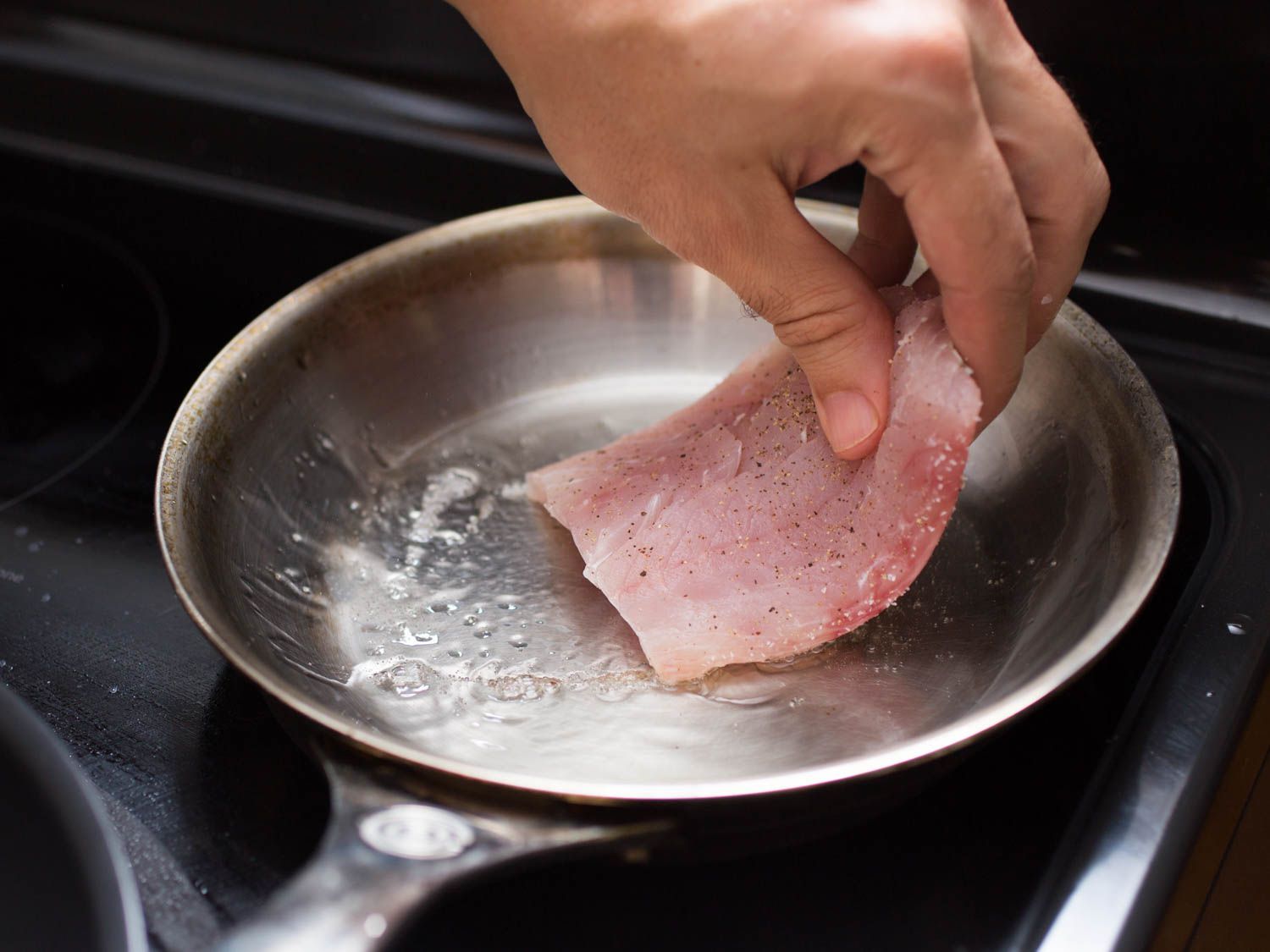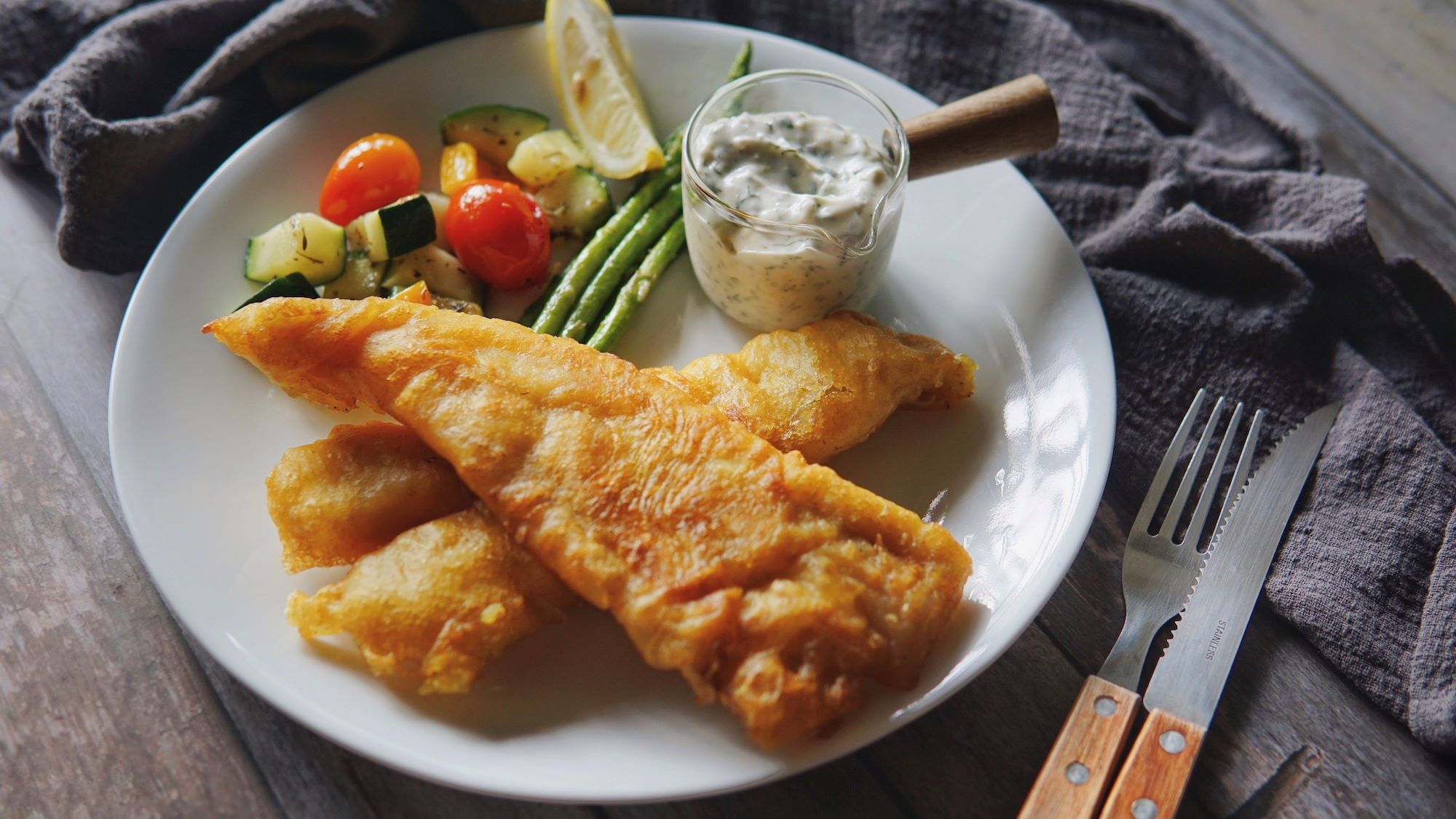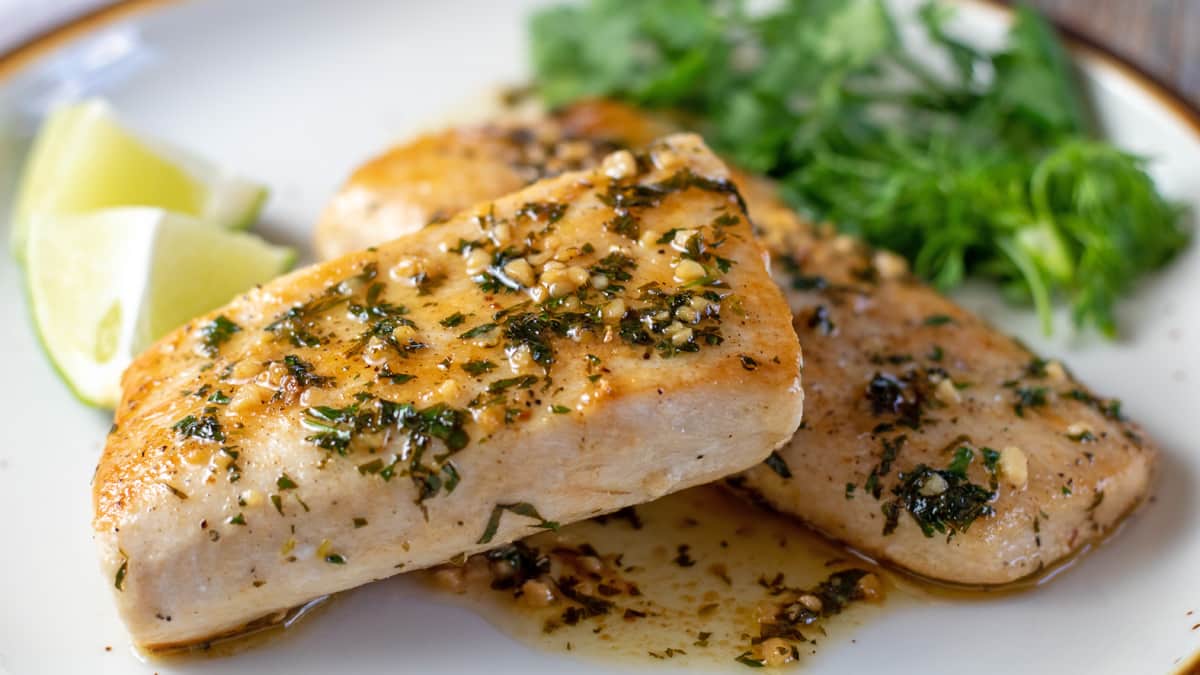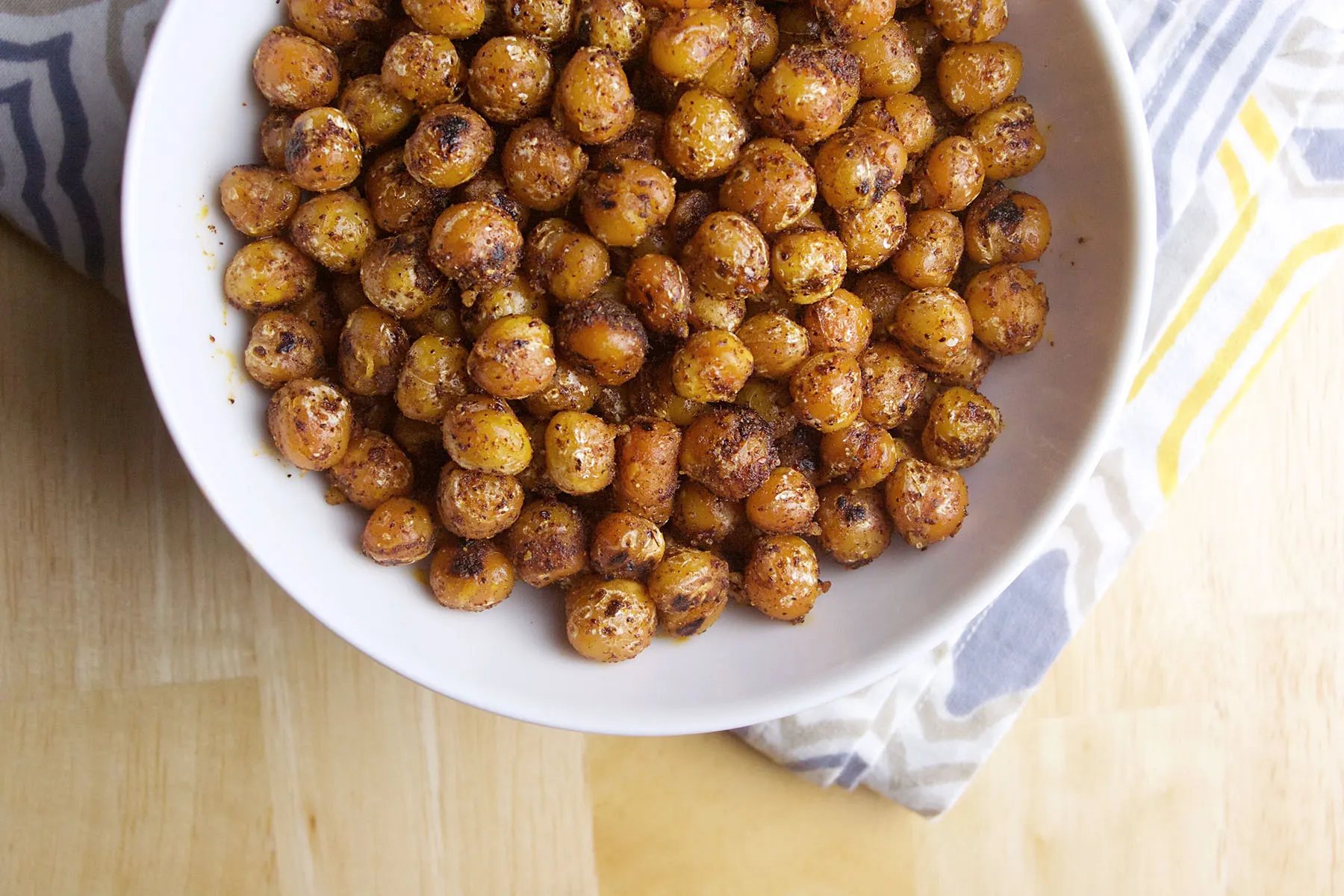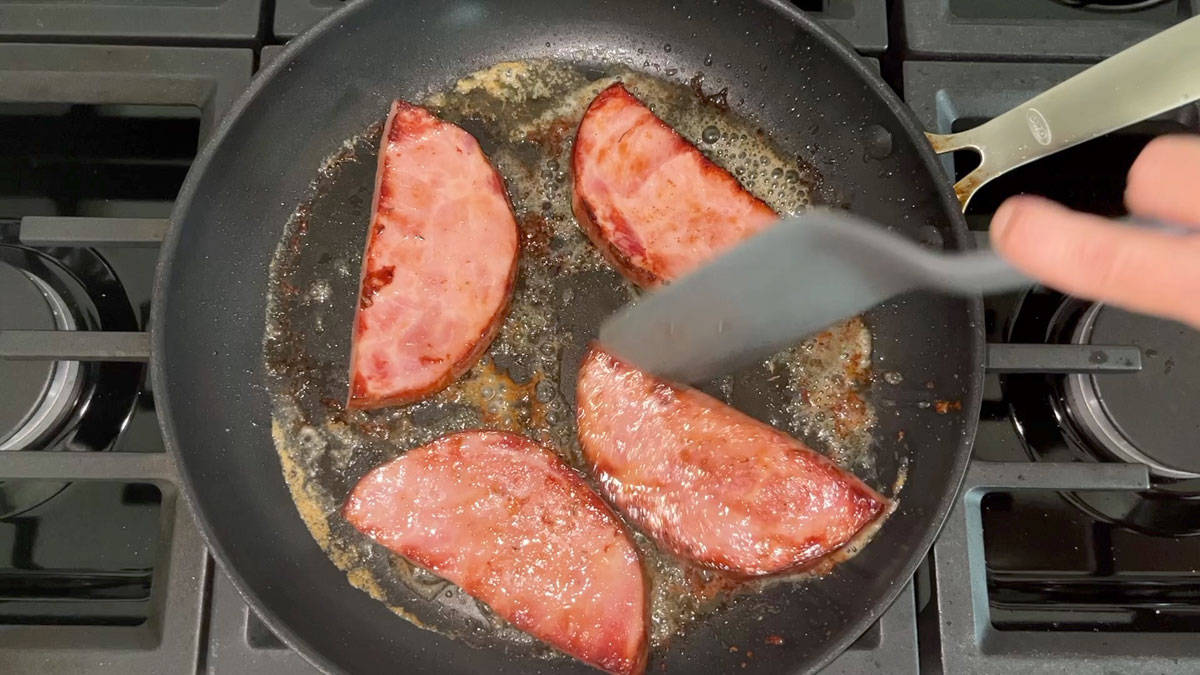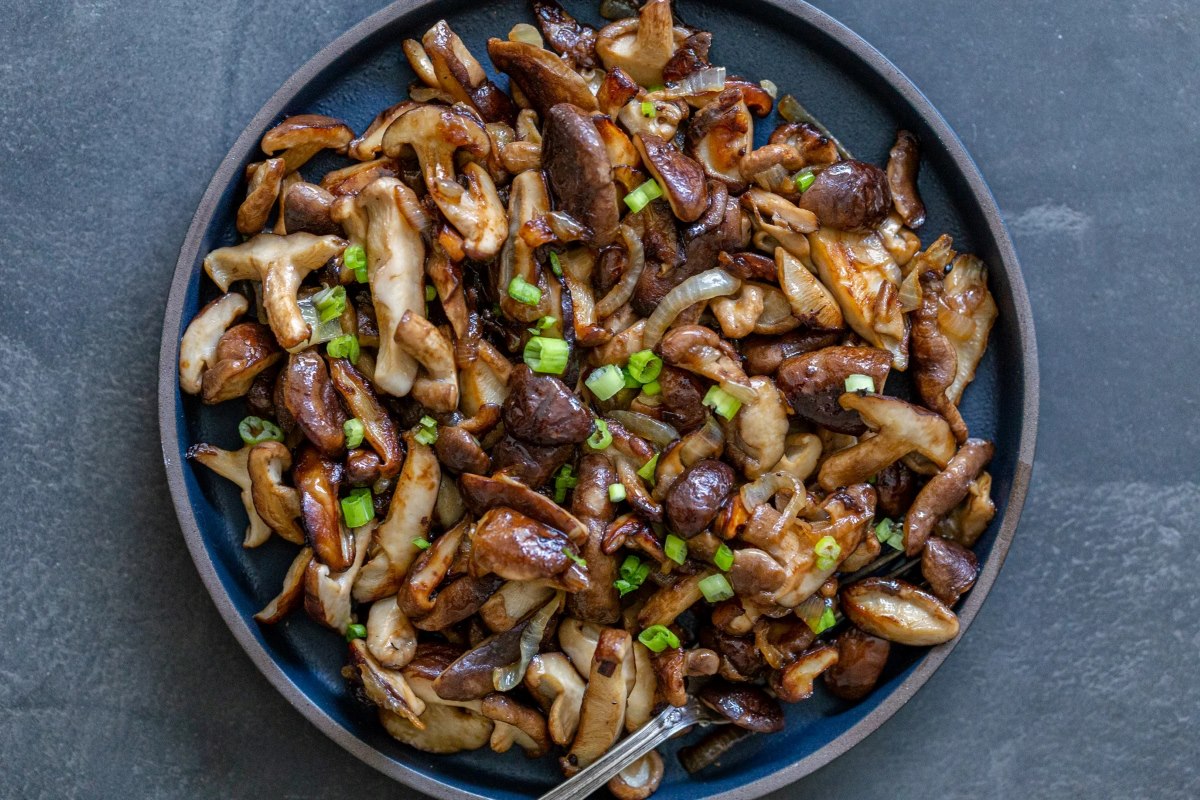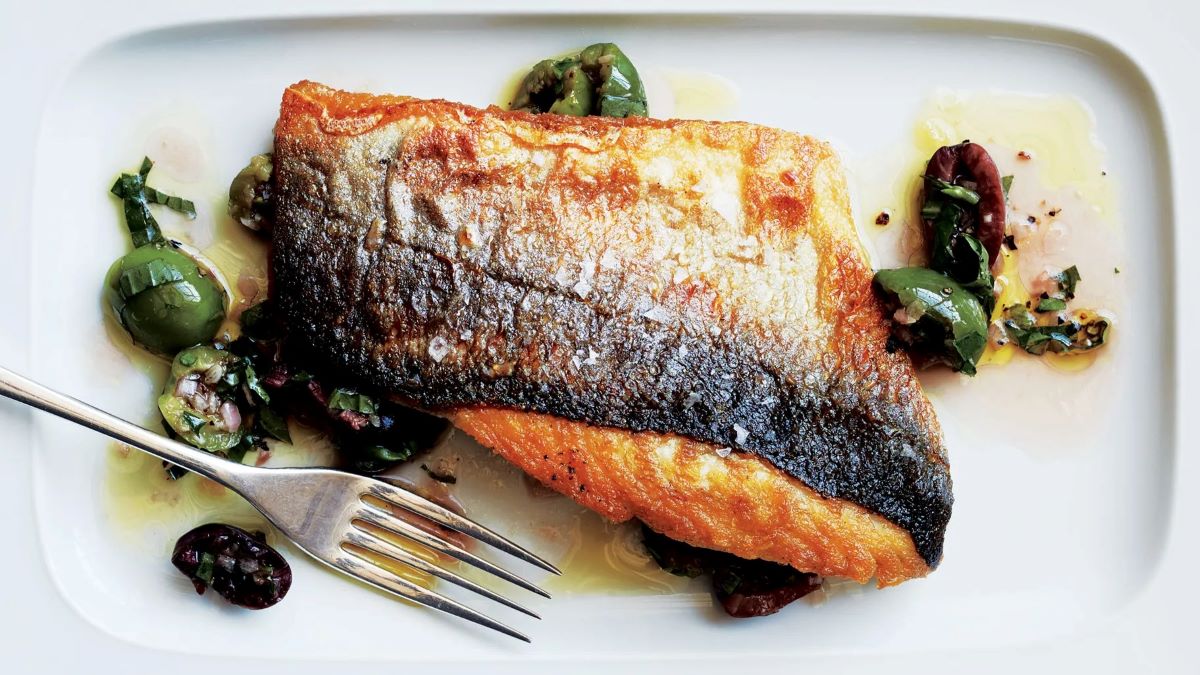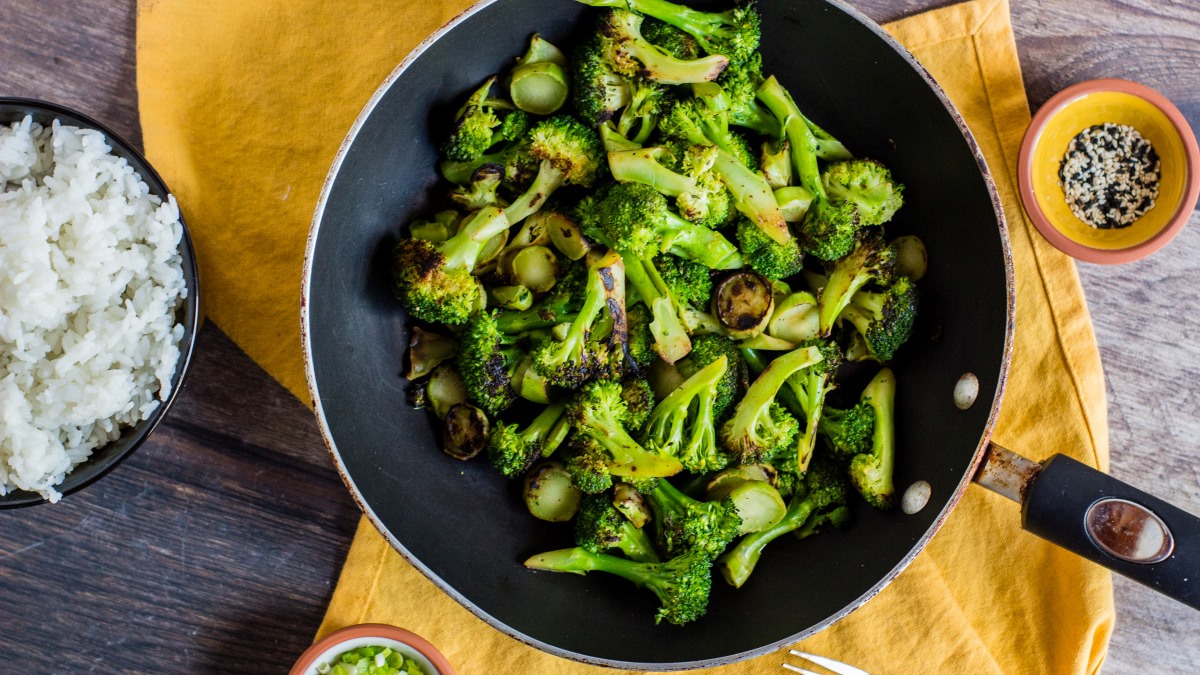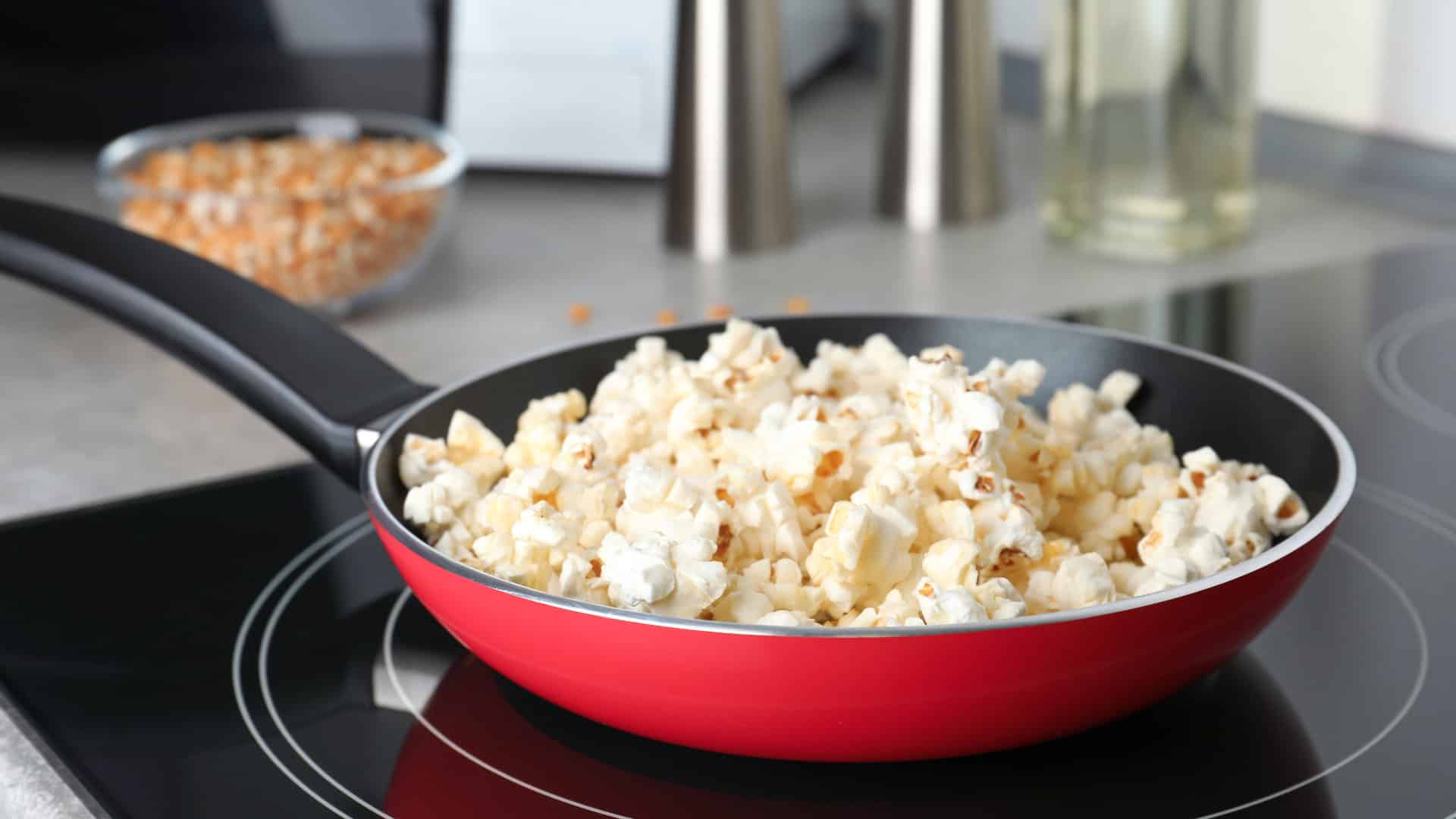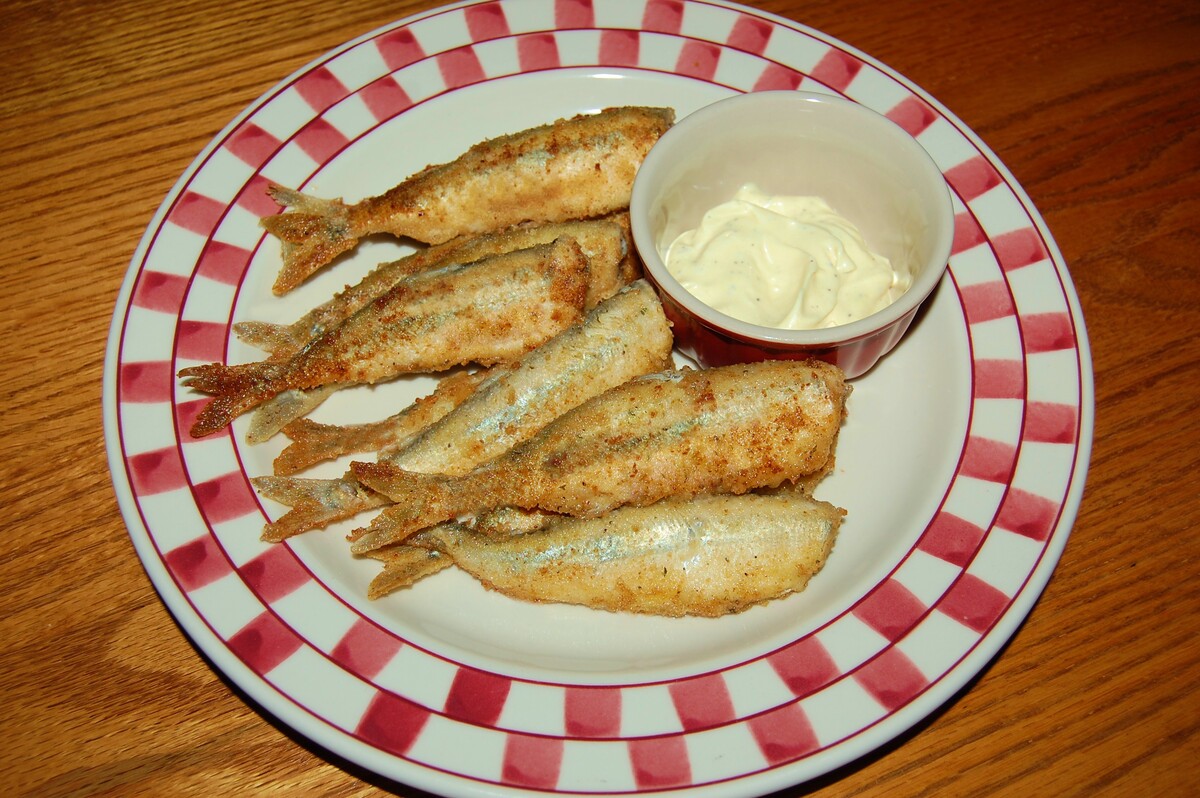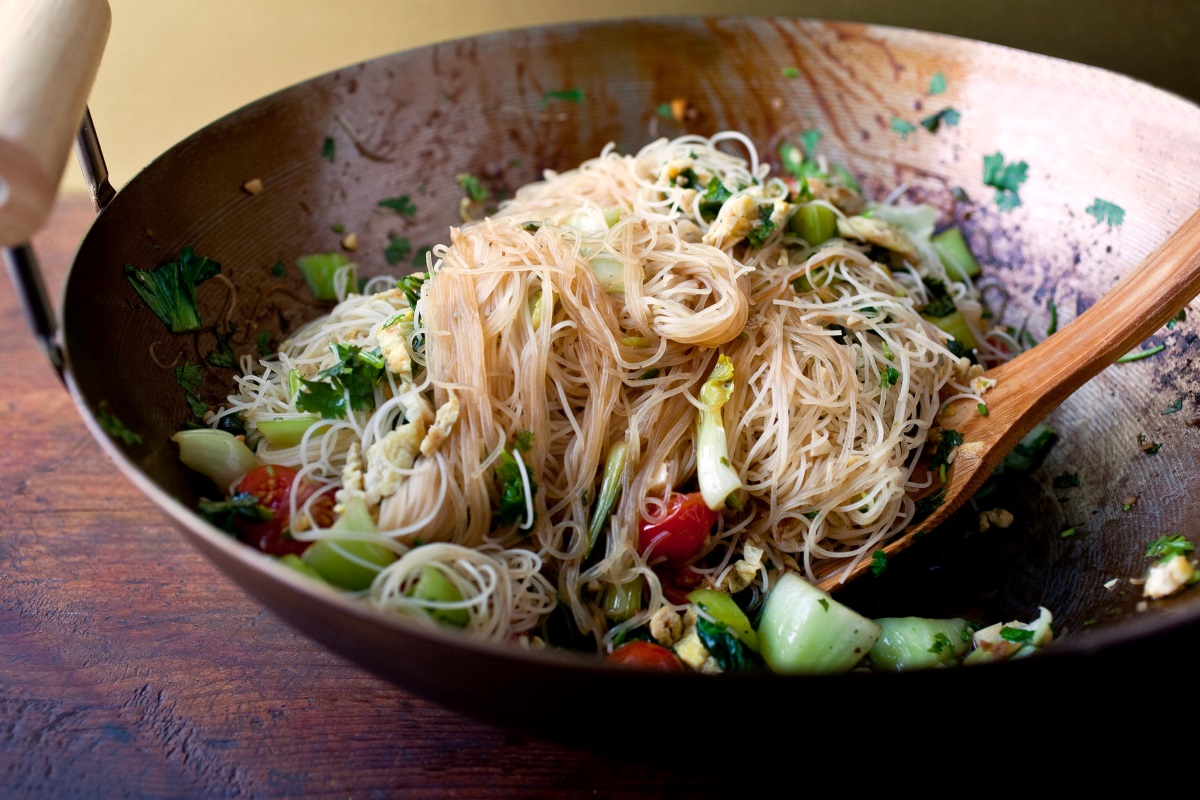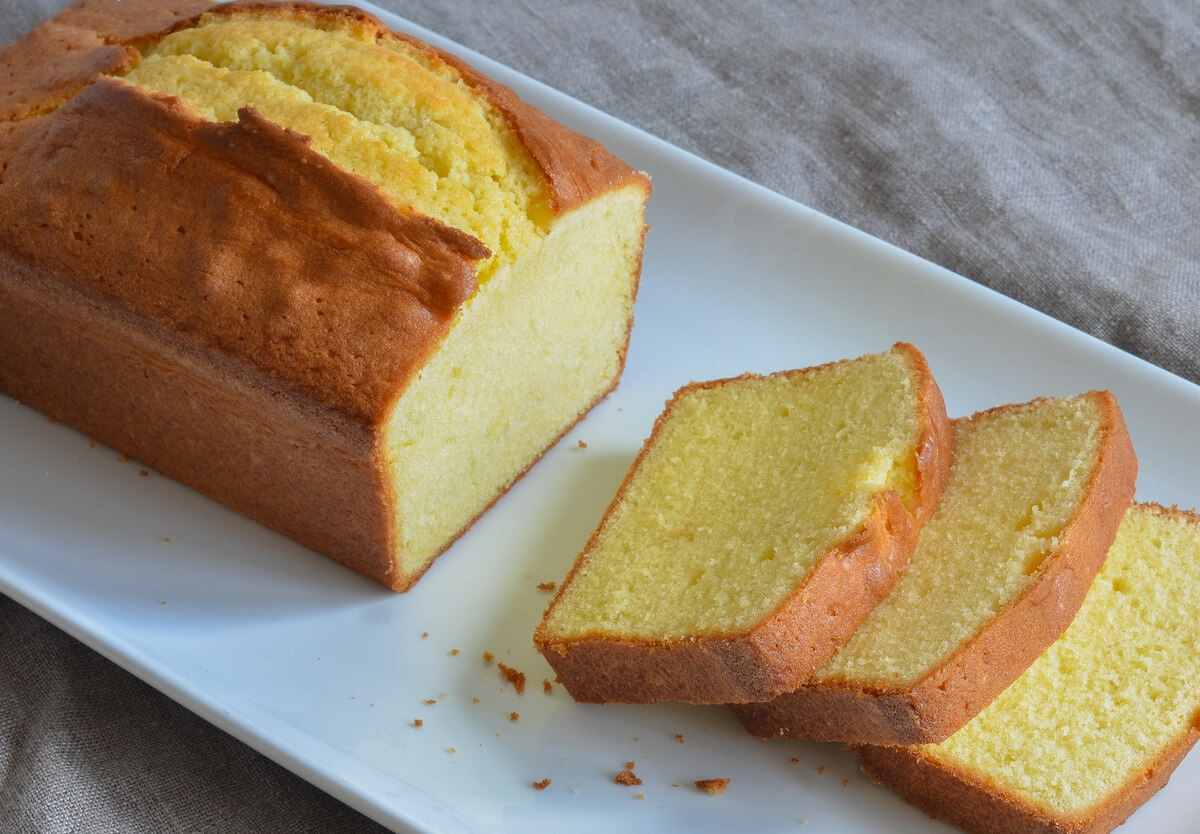How to Pan Fry Frozen Salmon Like a Pro
Salmon is a delicious and nutritious fish that is packed with omega-3 fatty acids. While fresh salmon is often preferred, pan-frying frozen salmon can be a convenient and tasty option. With the right technique, you can achieve a perfectly cooked piece of salmon straight from the freezer. Here’s how to pan fry frozen salmon like a pro:
1. Choose the Right Pan
When pan-frying frozen salmon, it’s important to use a heavy-bottomed skillet or non-stick pan. This will help distribute heat evenly and prevent the salmon from sticking to the pan.
2. Thaw the Salmon
Before cooking, it’s best to thaw the frozen salmon in the refrigerator overnight. If you’re short on time, you can place the salmon in a sealed plastic bag and submerge it in cold water for about 30 minutes. Once thawed, pat the salmon dry with paper towels to remove excess moisture.
3. Season the Salmon
Season the salmon with salt, pepper, and any other desired seasonings. This will help enhance the flavor of the fish as it cooks.
4. Preheat the Pan
Place the pan over medium-high heat and add a small amount of olive oil or butter. Allow the pan to preheat for a few minutes until it’s hot but not smoking.
5. Cook the Salmon
Once the pan is hot, carefully place the seasoned salmon fillets into the pan, skin-side down. Let the salmon cook for 4-5 minutes without moving it. This will help the skin become crispy and golden brown.
6. Flip and Finish Cooking
Using a spatula, carefully flip the salmon fillets and cook for an additional 4-5 minutes on the other side. The salmon is done when it easily flakes with a fork and reaches an internal temperature of 145°F (63°C).
7. Serve and Enjoy
Once the salmon is cooked to perfection, remove it from the pan and let it rest for a few minutes before serving. Garnish with fresh herbs or a squeeze of lemon juice for added flavor.
Tips for Success
- Cook the salmon fillets in batches to avoid overcrowding the pan, which can lead to uneven cooking.
- Use a meat thermometer to ensure the salmon reaches the recommended internal temperature for safe consumption.
- Experiment with different seasonings such as garlic, paprika, or dill to add variety to your pan-fried salmon.
With these simple steps, you can pan fry frozen salmon to perfection. Whether you’re short on time or simply want to enjoy the convenience of cooking from frozen, this method will help you achieve delicious results every time.
Was this page helpful?
Read Next: How To Pan Fry Turkey Drumsticks
